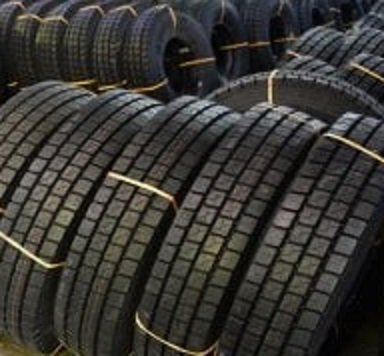Last Updated on July 18, 2025 2:40 pm by BIZNAMA NEWS
AMN
India’s tyre industry is poised for a steady 7–8% revenue growth in FY2026, driven primarily by rising replacement demand, according to a new report released by CRISIL Ratings on Friday. The report highlights a marginal boost in revenue due to increasing premiumisation, though challenges remain from rising global trade tensions and the risk of inventory diversion by Chinese manufacturers due to U.S. tariffs.
Operating profitability is expected to remain stable at 13–13.5%, supported by stable input costs and healthy capacity utilization. A balanced capex approach and sound balance sheets will help maintain a stable credit outlook for the sector.
The report is based on an analysis of India’s top six tyre manufacturers, who cater to all major vehicle segments and contribute nearly 85% of the industry’s ₹1 lakh crore revenue.
Domestic demand remains the backbone, accounting for approximately 75% of total sales, with exports contributing the remaining 25%. According to CRISIL Ratings Senior Director Anuj Sethi, the replacement segment—which makes up around 50% of total sales—is set to grow 6–7%, driven by a larger vehicle base, strong freight movement, and recovery in rural markets. OEM sales (around 25% of revenue) may grow by 3–4%, aided by stable two-wheeler and tractor sales, along with moderate growth in passenger and commercial vehicles.
However, exports face headwinds. The U.S., which accounted for 17% of India’s tyre exports last fiscal, has imposed reciprocal tariffs on several Indian goods, potentially eroding price competitiveness.
To counter cheap imports, India imposes anti-dumping and countervailing duties—including a 17.57% duty on large truck and bus radial tyres from China. Still, delays in imposing protective measures may lead to a surge in low-cost imports, pressuring domestic revenues.
Additionally, intense competition in the replacement market and volatility in global raw material prices and forex rates—especially with around 50% of raw material being imported—continue to influence sector margins. Supply disruptions have already led to an 8–10% increase in natural rubber prices and 10–12% rise in crude-linked inputs like synthetic rubber and carbon black in FY25.

